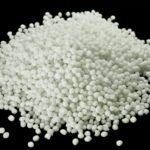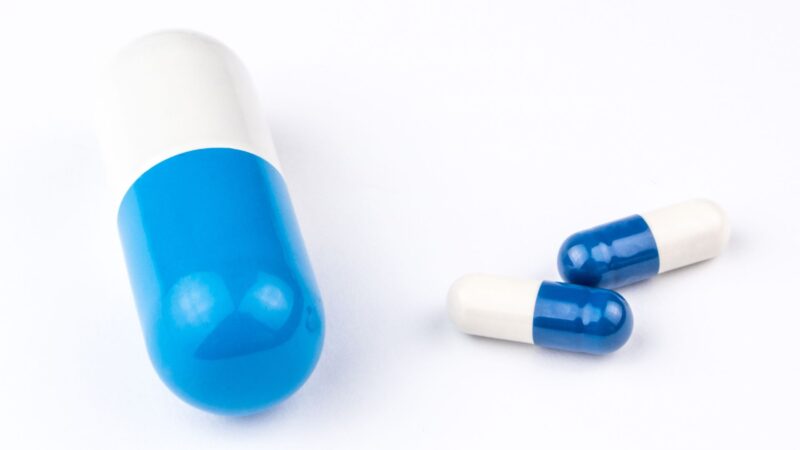Enhancing Targeted Drug Delivery and Regulatory Confidence
Enteric-coated capsules have traditionally played a key role in protecting acid-sensitive drugs from degradation in the stomach. Now, with evolving patient-centric and precision delivery needs, next-gen enteric-coated capsules are being reengineered for greater specificity, controlled release, and regulatory robustness.
Why They Matter
- Protect APIs from acidic degradation (e.g., enzymes, peptides)
- Enable targeted delivery to small intestine or colon
- Reduce GI side effects from irritant compounds
- Support timed or sustained release applications
Technical Enhancements in Next-Gen Capsules
- Polymer innovations like HPMCAS, Eudragit, and cellulose derivatives
- Multi-particulate fills for customized release profiles
- Dual-coating systems for pH-triggered and time-based performance
- Compatibility with DPI (dry powder inhaler) encapsulation and depot systems
GMP and Validation Considerations
- Coating uniformity and disintegration testing per USP/EP
- Real-time stability testing under ICH conditions
- Equipment validation for pan coating or fluid bed processes
- Part 11-compliant documentation and automated inspection systems
Applications
- Delayed-release NSAIDs, PPIs, or biologics
- Colon-targeted delivery for IBD, Crohn’s disease
- Combination products with sequential release needs
With growing demand for personalized dosing and lower GI side effects, next-gen enteric-coated capsules are helping shape the future of targeted, compliant oral therapeutics.






